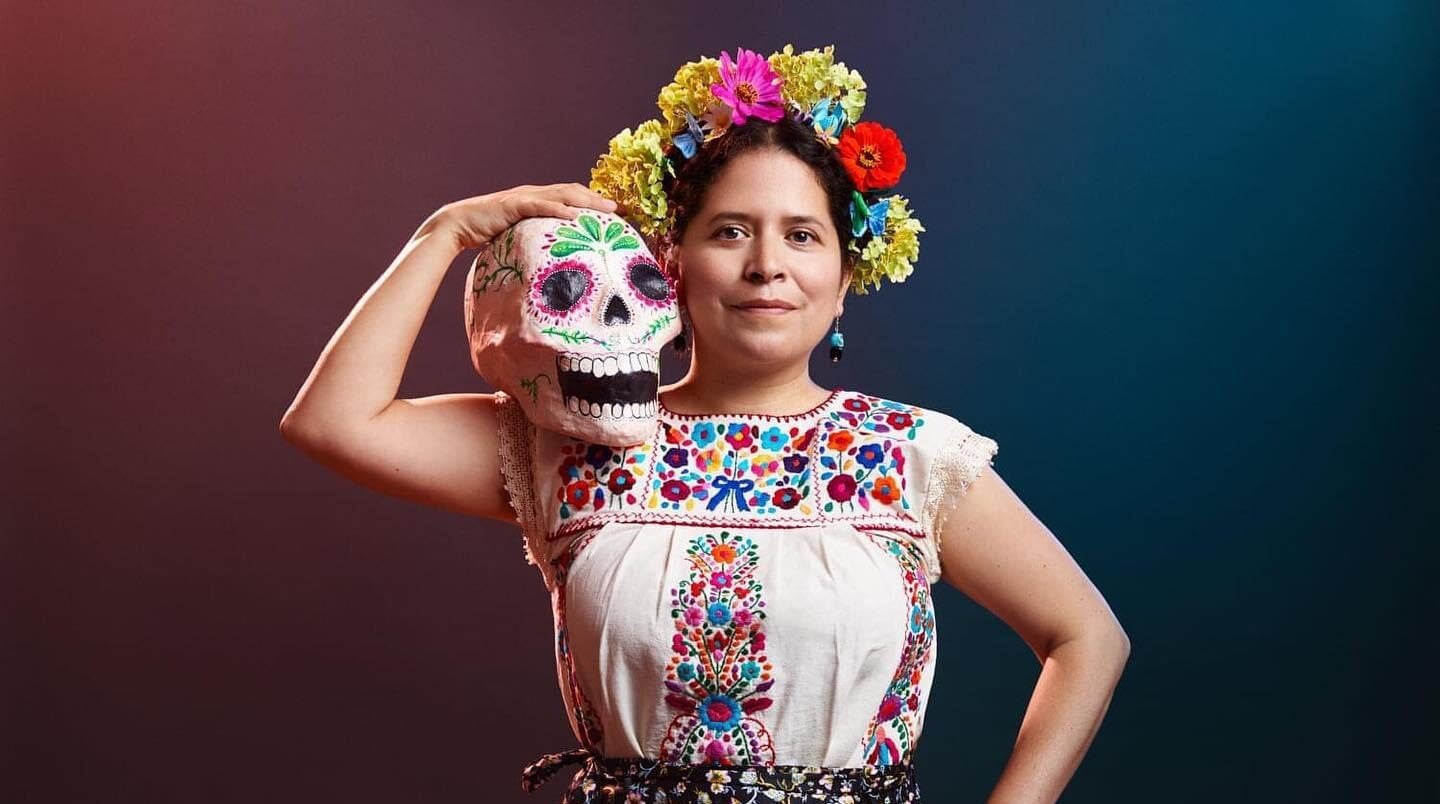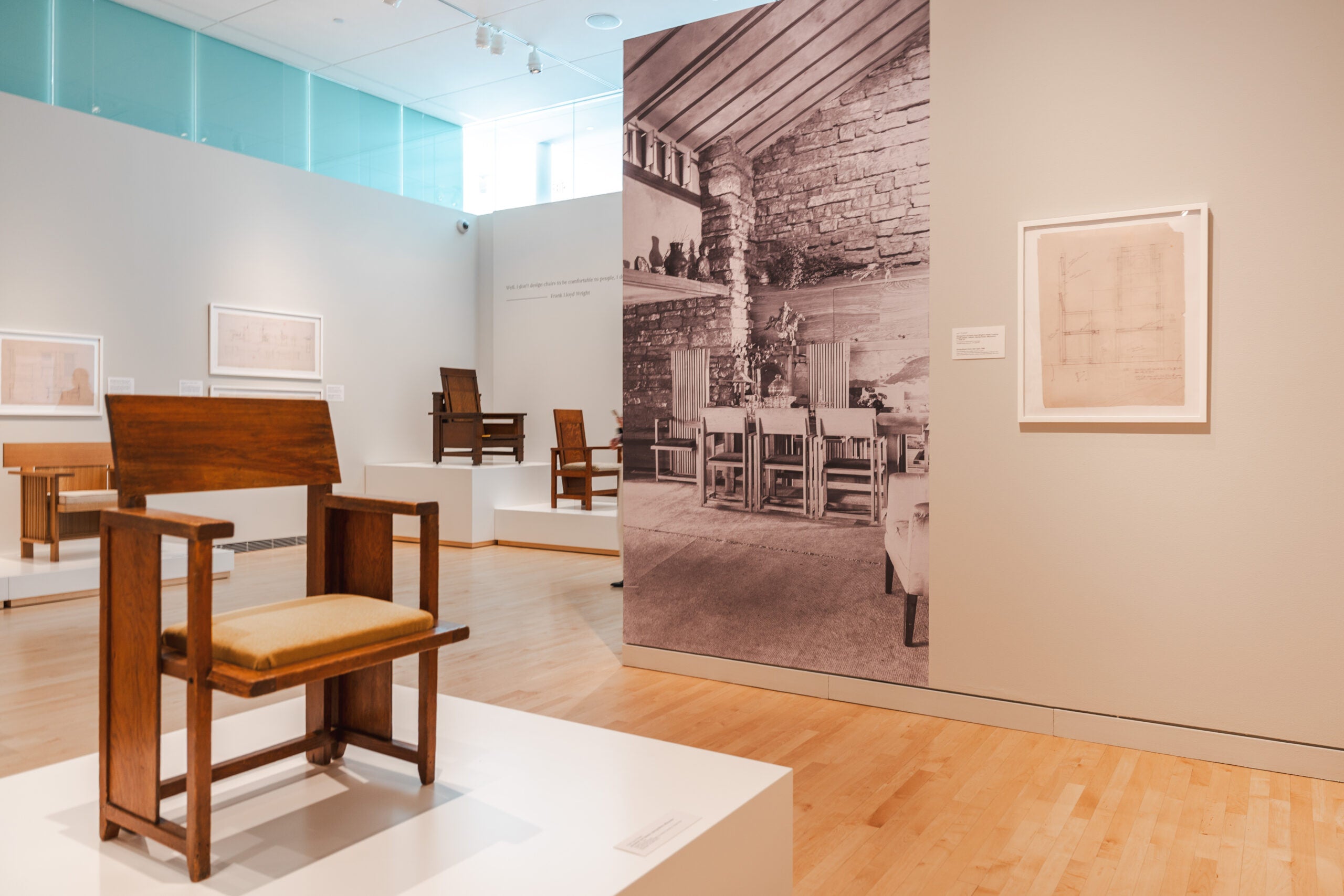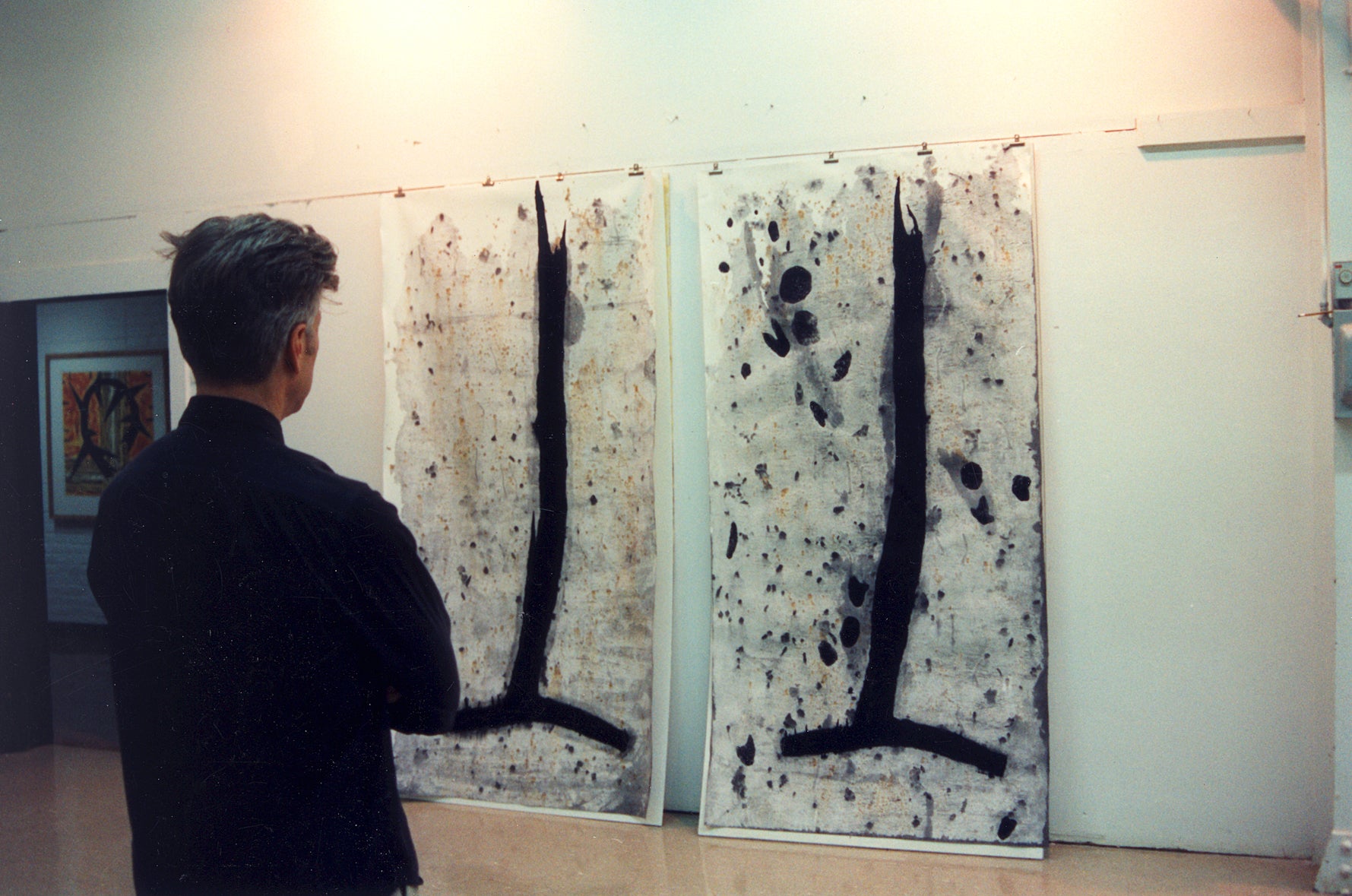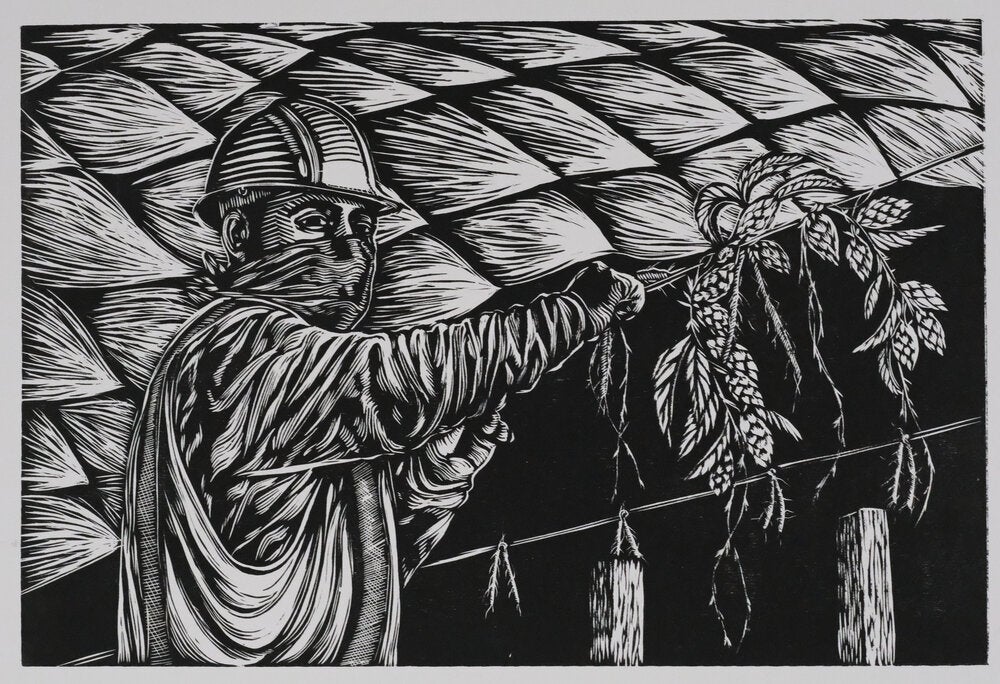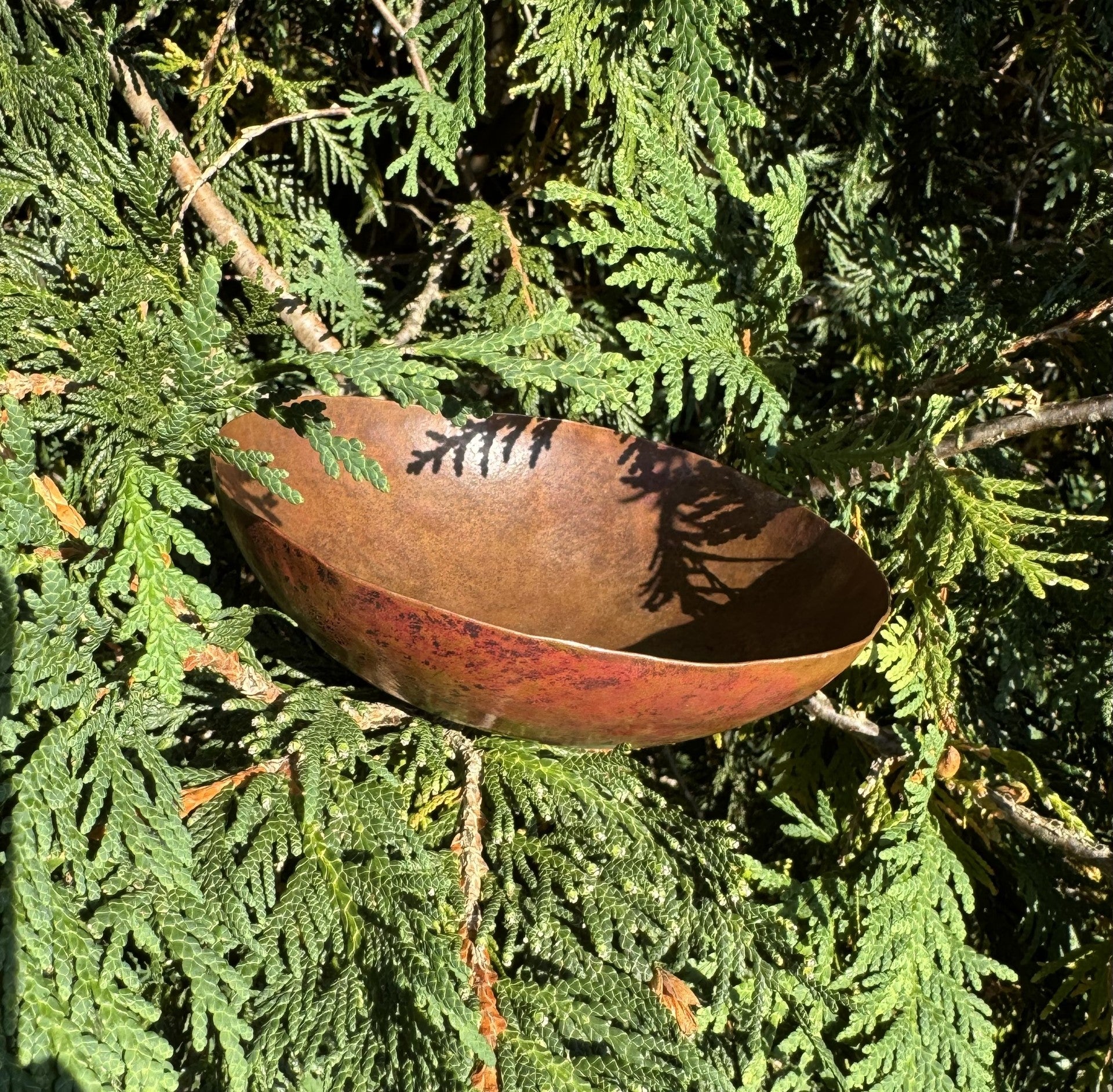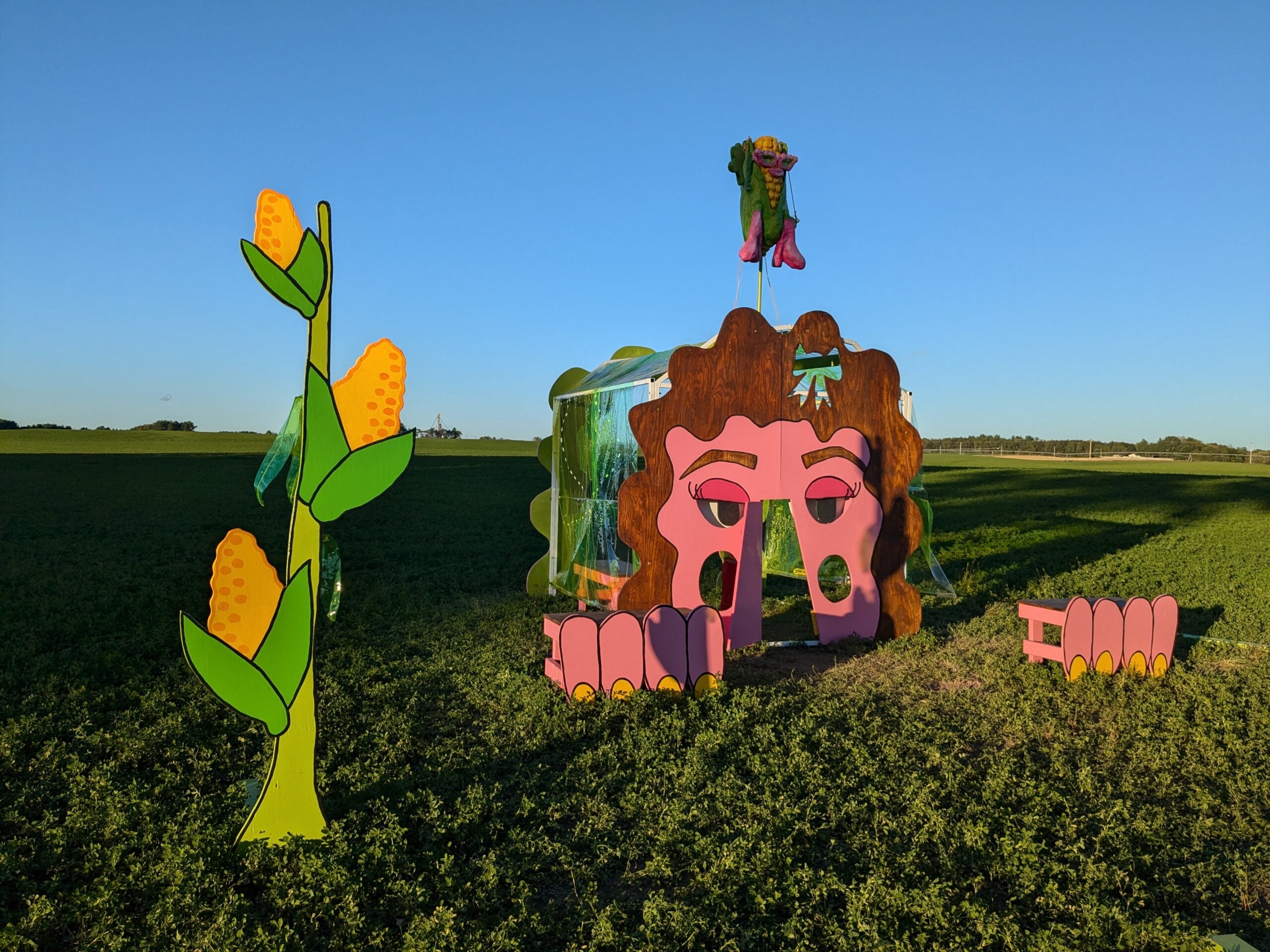When graphic designer and folk artist Gabriela Jiménez Marván moved to Wisconsin from Mexico in 2019, she found herself without work or a local artistic community to support her.
“I didn’t have a job — like all the migrants who come here and then start over, right? So I started doing just what I loved,” she told WPR’s “Wisconsin Today.”
For Marván, that’s making cartonería, or traditional Mexican papier-mâché sculptures. Popular forms of cartonería include piñatas and Catrinas, figures of a skeletal woman often displayed at Día de Muertos, or Day of the Dead, festivals.
News with a little more humanity
WPR’s “Wisconsin Today” newsletter keeps you connected to the state you love without feeling overwhelmed. No paywall. No agenda. No corporate filter.
Within a year of arriving in Wisconsin, Marván found herself looking for new and creative ways to share her artwork as museums and galleries were closing at the start of the COVID-19 pandemic. She also wanted to recreate the community connections she missed from home.
Together with her husband and fellow artist Ryan Rothweiler, Marván founded the Mexican Folk Art Collective in 2020. The collective started as a group of 10 artists, all of whom were living in Mexico besides Marván and Rothweiler. Since then, the membership has more than doubled, with more than half of the artists living in the United States.
“The purpose of (the collective) is to share our culture through our art,” Marván said. “We love to share. We love the curiosity that some people have when we (put on) exhibitions or workshops or community events, and they are curious to know more about Mexican culture.”
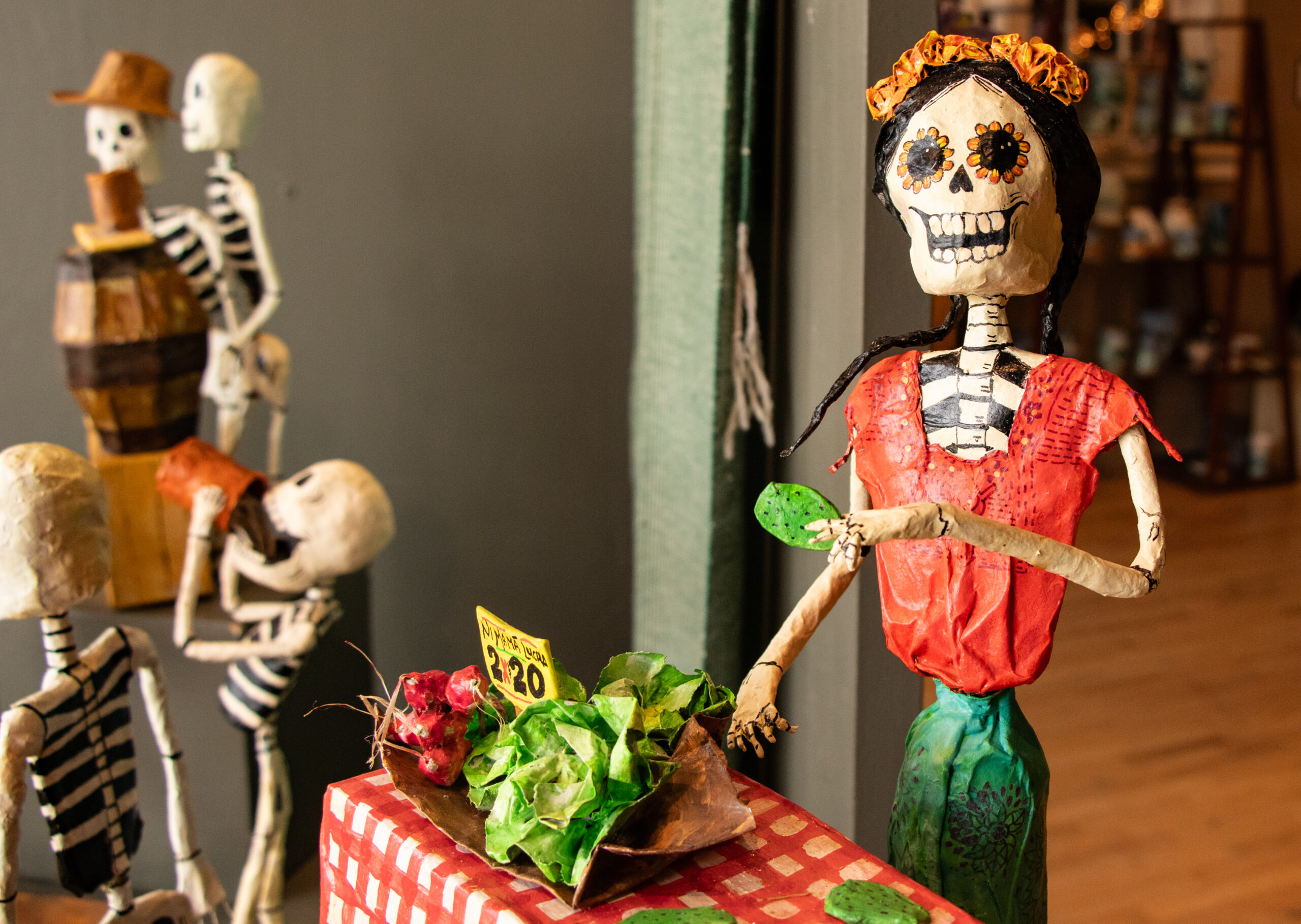
Celebrating Día de Muertos in the Driftless
One of the Mexican Folk Art Collective’s banner events is a Día de Muertos festival that the group has been co-organizing annually with Driftless Curiosity, a farm-based nonprofit organization, since 2021. Now in its fourth year, the 2024 Driftless Día de Muertos Celebration will be held on Oct. 5 from 2:00 p.m. to 7:00 p.m. at Keewaydin Farms. It is free and open to the public.
The Driftless festival is held about a month before Día de Muertos is traditionally celebrated due to the “high risk of frost in November,” according to the event website. Every year, volunteers gather to plant and harvest thousands of cempasúchiles, or marigolds, as part of the celebration.
“It’s so beautiful,” Marván said. “I cannot describe in words the feeling that you feel when you arrive to that place and start smelling (the flowers).”
The cempasúchiles ultimately become part of a colorful archway that Marván and other volunteers decorate as part of the community ofrenda, an elaborate altar that is made in honor of deceased loved ones as part of Día de Muertos. This year, the Driftless ofrenda is dedicated to people working in the food system, including “farmers, food workers, chefs, food system activists, and everyone in between who spent their life in service to the beautiful work of feeding people,” according to a description on the event website.
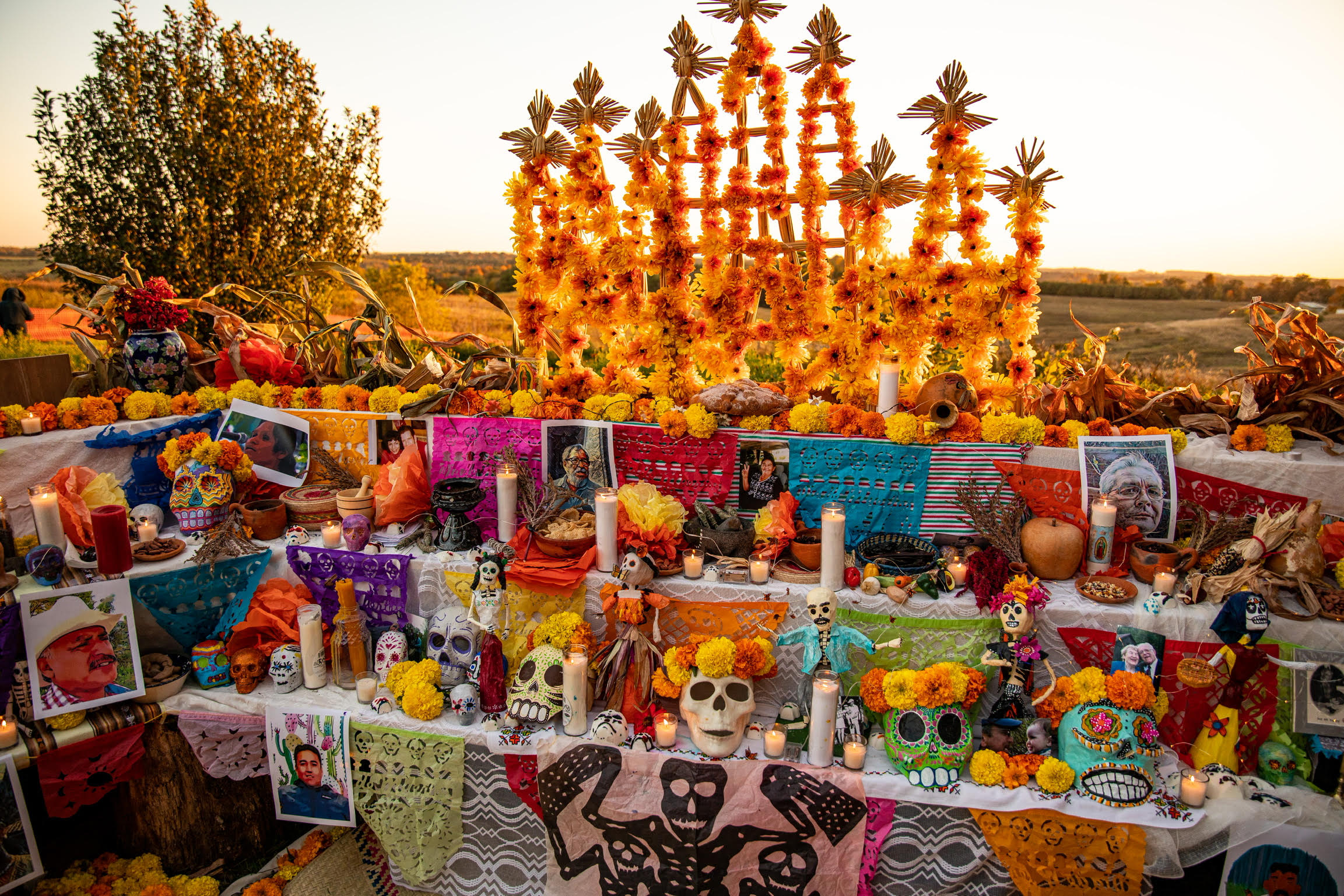
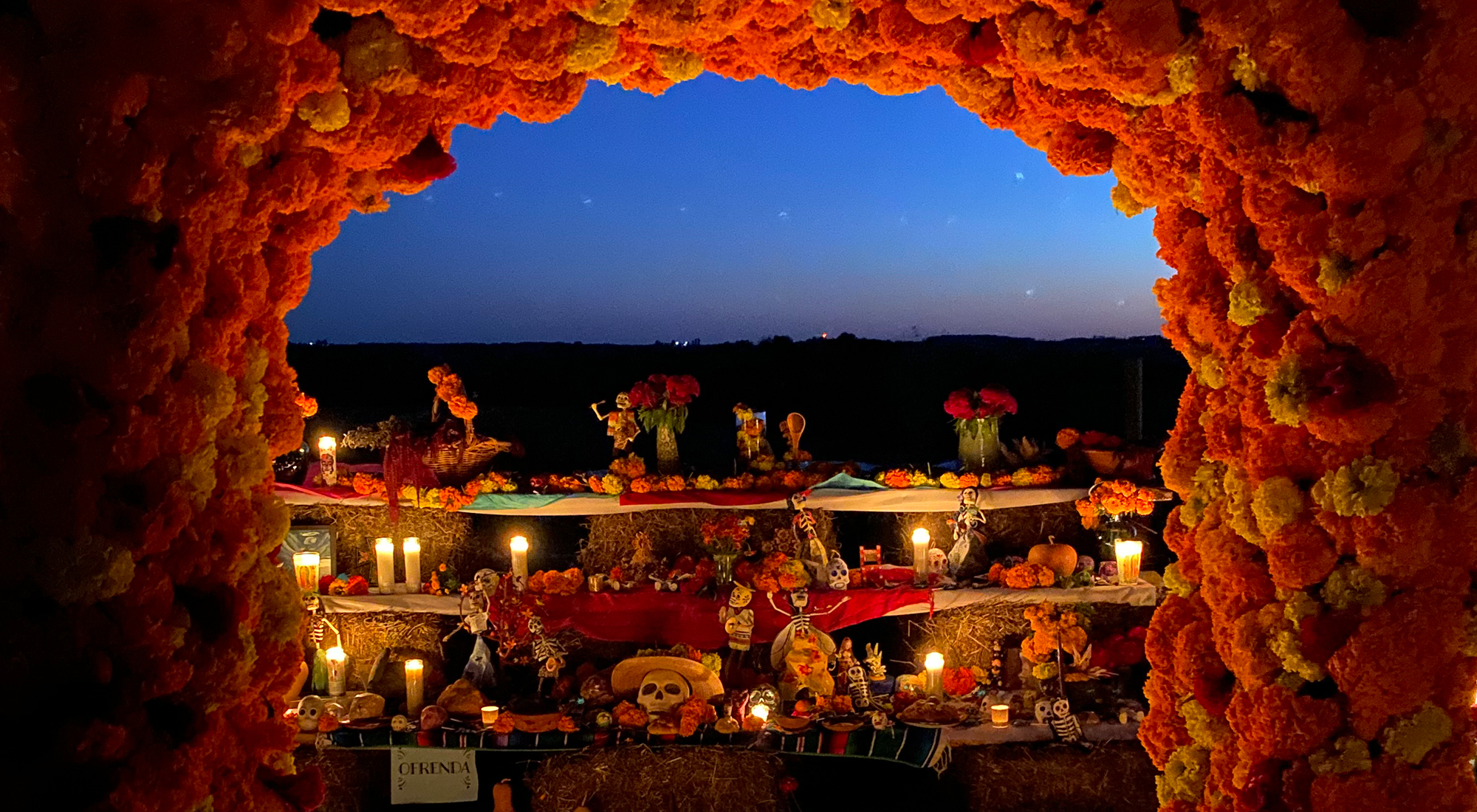
Marván said that for many people, Día de Muertos is about healing.
“The feeling of losing someone is universal. It’s not only of our culture,” she said. “This is a very touching moment when people participate in the ofrenda and they say that they are finally able to talk about the dead.”
Holding a Día de Muertos event in the Driftless area also gives the Mexican Folk Art Collective an opportunity to share this important element of their home culture with people in Wisconsin.
“This is very special for Mexicans and Mexican Americans but also for all United States culture, to know more about the tradition and the meaning of each element we put in the ofrenda,” Marván said.
Creating Wisconsin’s first life-sized Mexican alebrije
This weekend will also see the premiere of a 12-foot sculpture that Marván has been creating in collaboration with Rothweiler (her husband) and Leonardo Linares, a member of the art collective who is based in Mexico.
“This sculpture is very special because it is an alebrije, and the alebrije is (one) of the icons of Mexican folk art,” Marván said.
Traditionally, alebrijes depict fantastical creatures and are very colorful, and Marván’s is no exception. She said the sculpture mixes elements of a rooster, a lizard and a bird, complete with a fish tail. The main colors are yellow, purple, and aqua, adorning the alebrije with feathers and scales on the surface.
The sculpture will be displayed as part of the Wormfarm Institute’s Farm/Art DTour, “a free self-guided excursion through 50 miles of scenic farmland” that is held every other year in Sauk County as part of Fermentation Fest. This year’s DTour is taking place over 10 days, from Oct. 5-14. Visitors can drive, bike or walk the path and view art installations along the way. Marván, Rothweiler and Linares are among more than 20 artists from around the world whose work is featured along the DTour route.
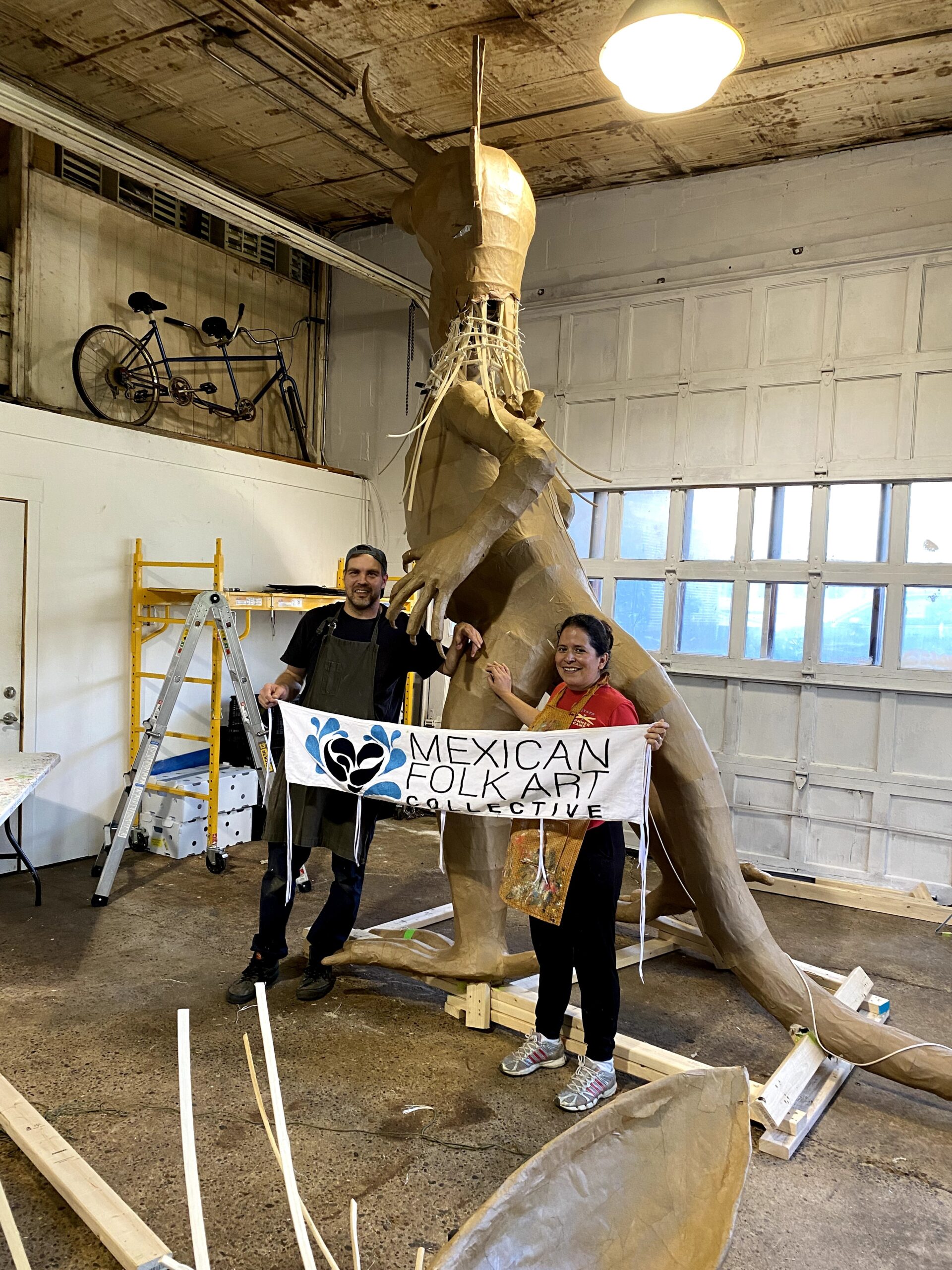
Marván said that working on this alebrije and sharing it with the public makes her feel more connected to her Mexican identity.
“Sharing the story and the meaning of (alebrijes), it feels good,” she said. “(It) is a way to understand other cultures and to be more empathetic to other people’s culture.”
Wisconsin Public Radio, © Copyright 2025, Board of Regents of the University of Wisconsin System and Wisconsin Educational Communications Board.

